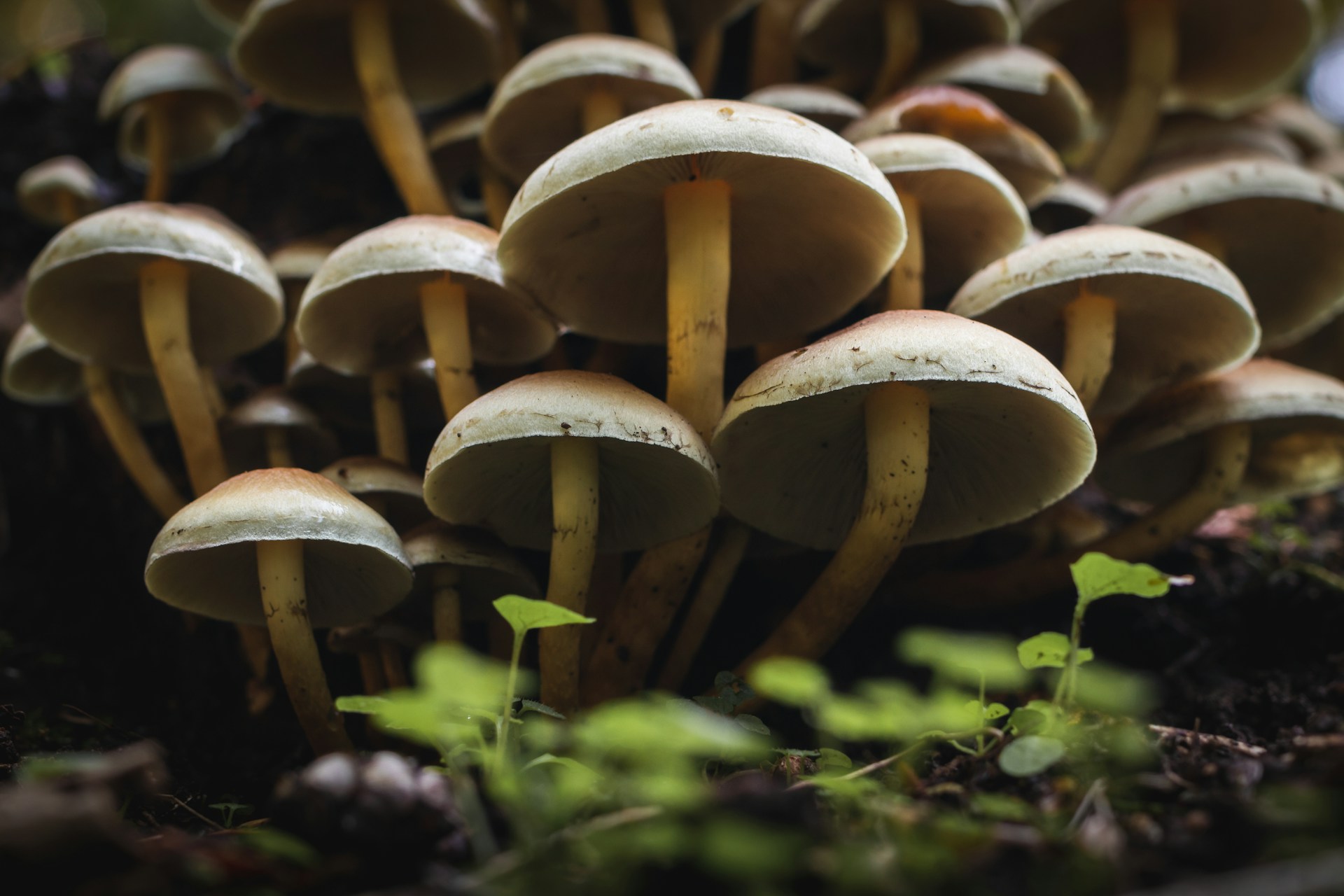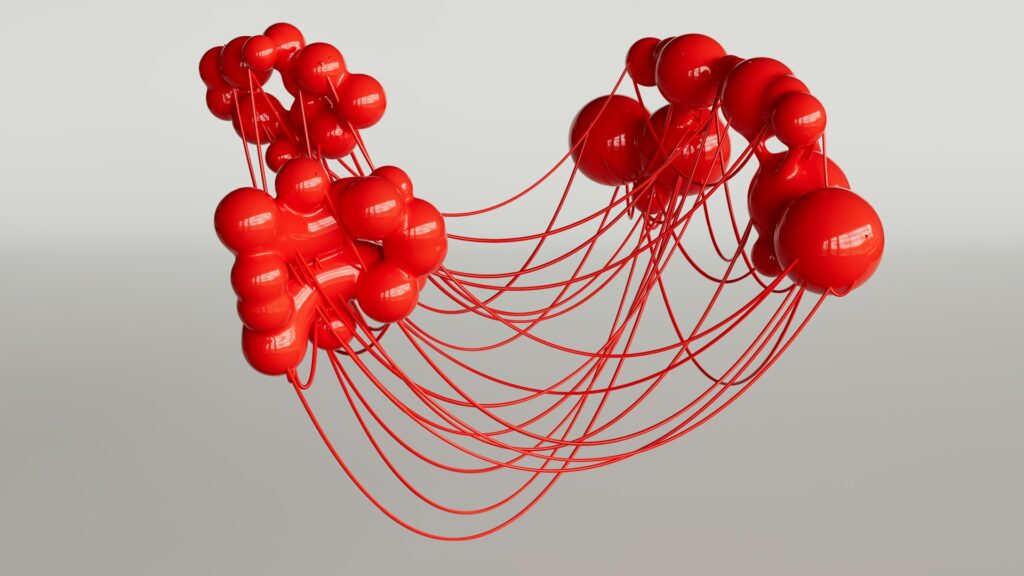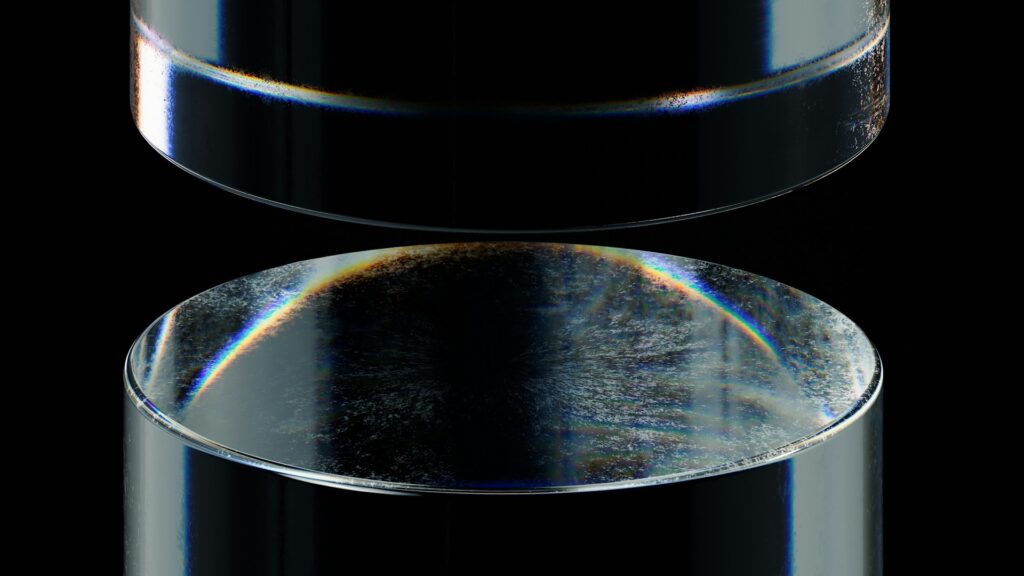A team of researchers at the University of Utah, led by Associate Professor Steven Naleway and doctoral student Atul Agrawal, has discovered that a common soil fungus, Marquandomyces marquandii, can produce multilayered, durable hydrogels with properties that may be useful for biomedical applications.
Agrawal, A., Ipsen, T., Dentinger, B. T. M., & Naleway, S. E. (2025). Multilayer, Functionally Graded Organic Living Hydrogels Built by Pure Mycelium. JOM. https://doi.org/10.1007/s11837-025-07685-5
Fungi have long been recognized for their ecological role in decomposing organic material, but scientists are increasingly exploring fungal mycelium; the network of thread-like hyphae; for structural and functional applications. In this study, the University of Utah team demonstrated that M. marquandii can form hydrogels that absorb up to 83% of their weight in water while maintaining structural integrity and flexibility.
“These hydrogels have multilayered structures with varying porosity,” said Agrawal. “The top layer is about 40% porous, while underlying layers alternate between 70% and 90% porosity. This organization helps distribute stress and recover shape after deformation.”
Naleway highlighted the potential of these hydrogels for biomedical uses. “Mycelium is primarily made of chitin, which is biocompatible and highly spongy. This makes it suitable as a template for tissue scaffolds, regenerative materials, or even flexible wearable devices. We are exploring ways to mineralize these structures for bone scaffolding as well.”
The research builds on a broader effort to examine how fungal microstructures could inform material science. Working with mycologist Bryn Dentinger, the team studied how hyphal growth patterns influence mechanical properties. Fungi grow in a fundamentally different way than animals or plants: each cell can differentiate and revert, making fungal networks highly adaptable and resilient.
Associate Professor Steven Naleway from the University of Utah stated,
“What was interesting about our research was that the fungus itself created a full-blown structure that was highly organized.” For it to be able to hold this structure together, this entire mycelium colony is connected together, and what we saw through optical imaging is that within these layers at the site of transition, it’s a functionally graded structure. It helps distribute the stress concentration between layers. So when we apply mechanical stress, it distributes that stress evenly and helps with the mechanical performance of these hydrogels.”
Interestingly, the discovery emerged from an unexpected observation. The team initially investigated a fungus known for contaminating aviation fuel. Instead, they found M. marquandii forming unusually thick, organized layers, prompting further study.
Experiments revealed that the fungal hydrogels could withstand repeated stress, recovering 93% of their shape, and maintained water content without structural collapse. Compared with other fungi, such as Ganoderma or Pleurotus, M. marquandii showed superior water retention and mechanical performance, making it a promising candidate for hydrogels in regenerative medicine and bioengineering.
“This fungus creates fully structured, highly organized hydrogels on its own,” said Agrawal. “The graded structure between layers allows stress to be distributed evenly, enhancing mechanical stability and performance.”
Naleway and Agrawal are seeking patent protection for these findings, which represent a significant step toward leveraging fungal materials in biomedical engineering and other material science applications.
The work underscores the potential of fungi as sources for new, sustainable, and biocompatible materials. With millions of species yet to be characterized, researchers believe there is substantial untapped potential for innovation from the fungal kingdom.
This research illustrates how combining engineering, biology, and material science can yield new approaches for designing functional biomaterials inspired by natural systems.

Adrian graduated with a Masters Degree (1st Class Honours) in Chemical Engineering from Chester University along with Harris. His master’s research aimed to develop a standardadised clean water oxygenation transfer procedure to test bubble diffusers that are currently used in the wastewater industry commercial market. He has also undergone placments in both US and China primarely focused within the R&D department and is an associate member of the Institute of Chemical Engineers (IChemE).



